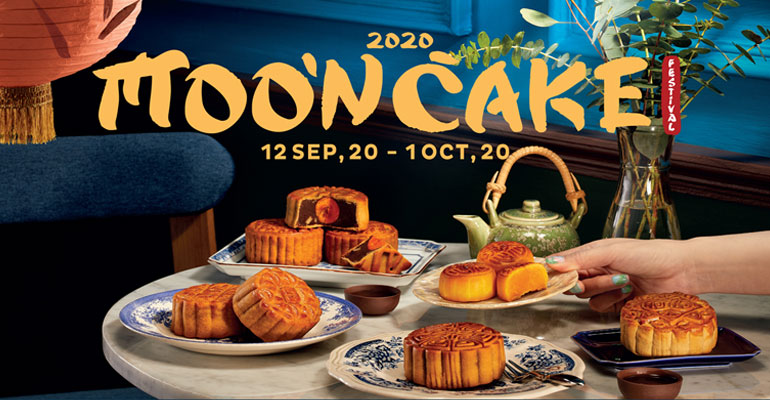



She chose the Moon for her residence to stay as close as she could from her husband stayed on Earth. As Chang’e didn’t want to give him the elixir of immortality and couldn’t defeat him, she then decided to drink it and ended up rising in the sky. That’s when comes into scene Hou Yi’s apprentice named Fengmen (逢蒙) who, jealous of his master’s fame and deeds, tried to steal the elixir a day when Hou Yi was out hunting. However, as he met his wife Chang’e, he didn’t want to use it, as he’d rather stay with his beloved -being immortal alone wouldn’t be of any interest. As a reward, the gods offered him an elixir of immortality. Until a mythical archer named Hou Yi (后羿), took things in charge, and aimed his bow and threw his arrows towards the suns, one after the other until there was just one left. Obviously, it made the plants burn and humans were dying of heat and dehydration. There are many different legends about Chang’e, but the most common one goes like this: once upon a time there were ten suns in the sky.
Midautumn festival 2019 full#
There’s a full moon on that night and it’s supposed to be the roundest and the most beautiful moon of the year! The round and bright moon symbolizes family unity and gathering.Ĭhang’e, the Jade Hare & Mooncakes the Moon Festival, there’s the legend of Chang’e (嫦娥) an immortal young lady living in a Palace on the Moon ( does it also rings a bell to you?). This is why the Chinese New Year always occurs one or two months after the New Year from the Gregorian calendar: it’s generally the date corresponding to the second new moon after the winter’s solstice.Īs for the Mid-Autumn Festival, it’s celebrated the night of the 15 th day of the 8 th lunar month (which varies between September and October in the Gregorian calendar). This calendar is now mainly used to define the dates of traditional and religious holidays and festivals. We’re talking about lunisolar calendar because it’s based on the annual cycle of the Sun for the counting of years, as well as the regular cycle of the moon phases for the counting of months. In fact, this calendar, which is used in countries like Taiwan, China, Japan, Vietnam, Tibet and some regions of India, was also used by the Incas, the Egyptians and even the Celtics. This day is a holiday in Taiwan and is about mooncakes, an immortal young lady, a Jade Rabbit and barbecues!īefore going any further, it’s important to talk about the lunar calendar. Each festival has its own traditions, legends, superstitions, but also its own mascots, lottery scratchers (amongst others!) and, of course, its own food! It’s not just all about the Chinese New Year in this part of South-East Asia, far from it! There are also the dragon boat festival, the ghost’s month, the lantern festival, or even the cleaning tombs’ day (I already told you about this one on Instagram )īut what I’m interested in talking about today is the Mid-Autumn Festival, also called the Moon Festival, (中秋節 – Zhōngqiū jié) which is celebrated at the moment (September 13 th 2019) all around the Chinese diaspora. While living in Taiwan for about a year, I could barely apprehend and celebrate a few holidays from the lunisolar calendar. One of the perks of living in/travelling to non-Christianised countries is there are many holidays and festivals we don’t necessarily know about. ALSO CALLED THE MOON FESTIVAL – 中秋節 (Zhōngqiū jié)


 0 kommentar(er)
0 kommentar(er)
